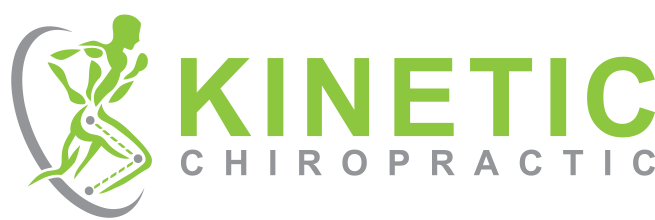
How Healthy Are My Shoes?
When you hear the words “orthopedic shoes” what comes to mind? For me, it’s bulky black stiff shoes that look like they escaped from your grandfather’s closet and feel even worse. Who decided that this was the penultimate design for foot health? I’m not sure, but let’s take a second to reassess and talk about the foot from a whole new perspective.
Let’s pretend you were to walk into your doctor’s office and tell them you have back pain. They, in turn, hand you a heavy back brace and tell you “no problem, give me $500 for the brace and wear it for the next 10 years” would you do it? Absolutely not! So why is this the standard treating our feet? Why is there no exit plan when it comes to orthotics? Why is there no plan at all?
“The human foot is a masterpiece of engineering and a work of art” – Leonardo DaVinci
The human foot is complex. It’s made up of 28 bones, 4 intricate layers of muscle, and hundreds of tendons and ligaments. It is designed to move, to absorb shock, to stiffen, and to propel forward. Now, wouldn’t it make sense that our ideal footwear would be shoes that allow our feet to excel at all of these wonderful functions? In most cases, we need a shoe that can move, that can allow us to interact with our surroundings—a shoe that protects but doesn’t interfere.
So let’s talk about what we DO want to look for in a shoe that allows our feet to function.
Wide Toe Box
Now before we jump ahead, wide shoes and shoes that have a wide toe box are not the same thing. To learn about the difference, watch this video.
The reason we care about having a wide toe box is as simple as balance. Would you rather do a pushup on a hand with your fingers spread apart or on a hand with your fingers touching each other? Our feet function just the same. Being able to spread our toes not only widens our base of support and improves our balance, it also keeps our joints in proper alignment and promotes increased muscle activity of the muscles in our feet. This is extremely important when treating and also preventing bunions and bunionettes, metatarsalgia, Morton’s Neuromas, and a host of other foot conditions. The best way to test your shoes is using something called the shoe liner test. Click Here to watch a simple video of the Shoe Liner Test.
Thin
Thousands! There are thousands of sensory nerve endings in the bottoms of our feet! What does this mean? Well, it means that we are designed to feel the ground underneath us. Wearing highly cushioned shoes not only impedes our ability to sense our environment it also gives our body permission to walk and move with harsh movement patterns without the typical repercussions. Try going for a short walk with your cushiest shoes, then repeat the same walk barefoot. How many steps do you think it would take before you changed your stride? You will most likely find that you start to walk a bit softer because now that we can feel the ground we can feel how hard we were impacting the ground.
Flat
Our foot was designed with our heel and our forefoot on a level playing field. This helps us distribute weight evenly across the foot and up the front and back of our legs. If we lift the heel (even just 10mm like those Brooks or Nikes that might be in your closet ) we shift weight to the front of the foot. This can contribute to problems in the forefoot like Morton’s Neuromas, metatarsalgia, Bunions, etc. It can also cause us to utilize the front line of muscles in our legs more than the back—hello quads, shins, tight hamstrings, and more.
Flexible
One quarter of all the joints in your body live in your feet. Does that sound like an area that was designed to be rigid? Nope, not to me either. Our feet were designed to move, to supinate, pronate, flex, twist. We need shoes that allow our feet the degree of movement they were designed to have.
Well friends, that’s a wrap. To keep it simple, I’ll leave you with this tongue twister:
If a foot-shaped foot becomes a shoe-shaped foot, we CAN’T expect it to function like a foot.
Read that again…
If a foot-shaped foot becomes a shoe-shaped foot, we CAN’T expect it to function like a foot.
But...
If we instead use foot-shaped shoes, we can restore function to our feet!
If you have questions, comments, or want to learn more please contact us at info@kineticlafayette.com.
If you’re looking for where to start looking for natural footwear, check out the favorite products page at gaithappens.com. Shoes featured in image above, Tolos Bare Footwear.
January 4, 2023
Written by Dr. Jen Perez
Owner | Chiropractor
Kinetic Chiropractic LLC
